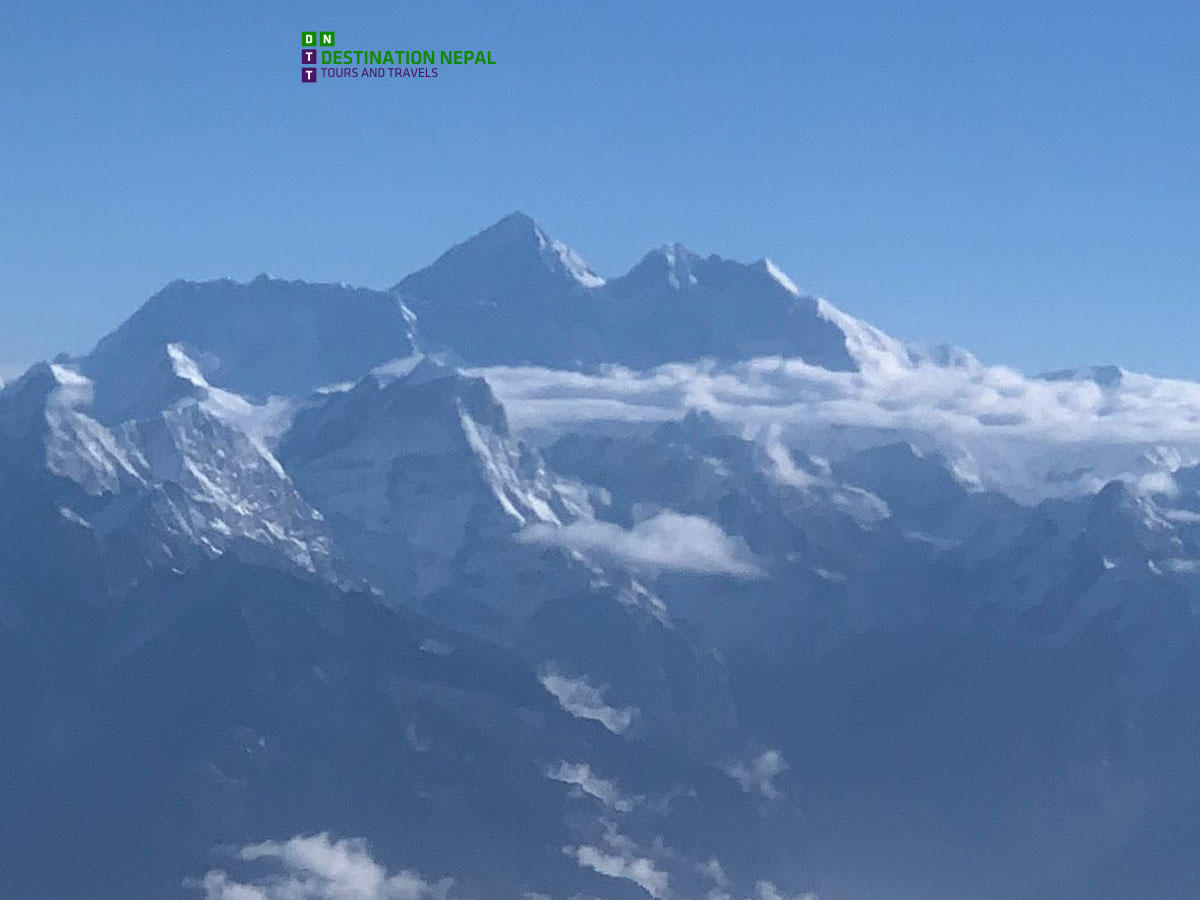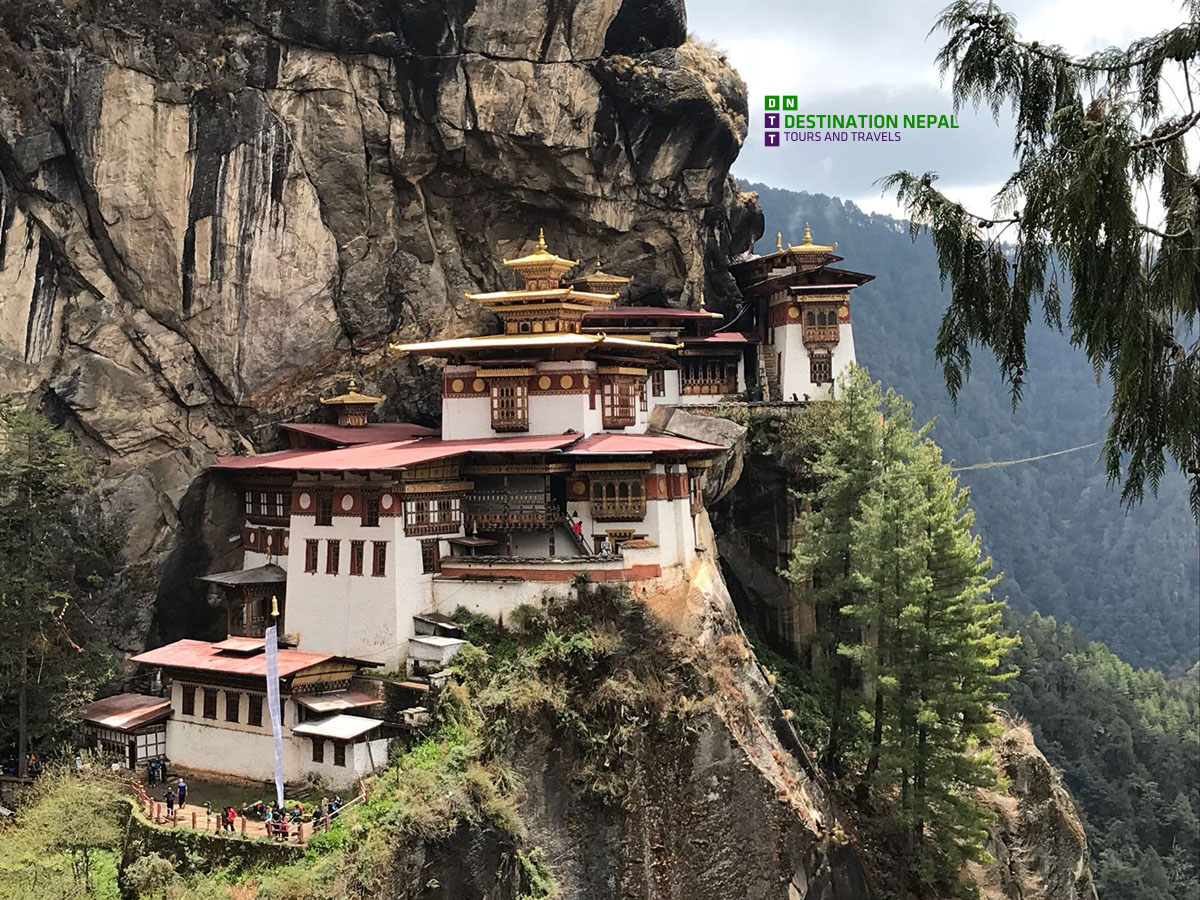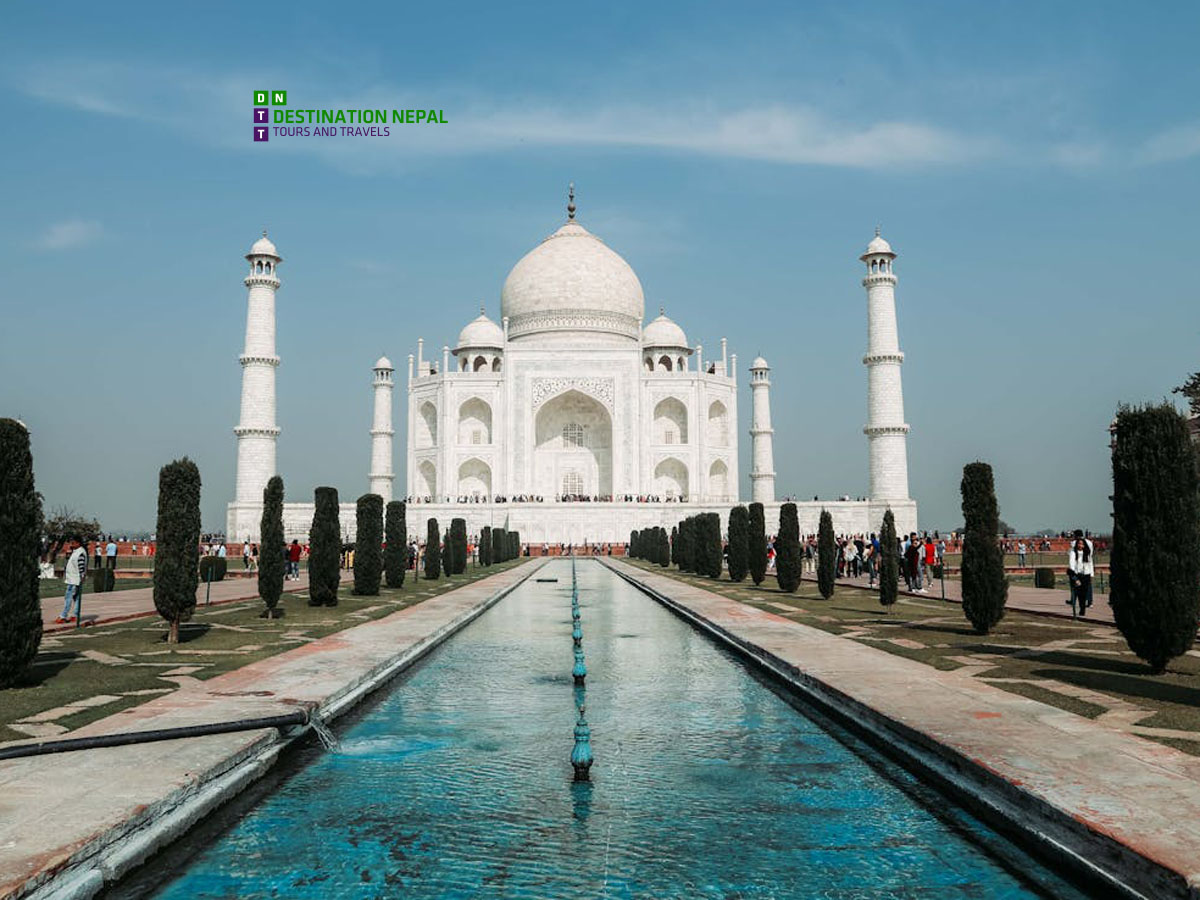Weather in Bhutan
Bhutan has five distinct seasons: summer, monsoon, autumn, winter and spring. Bhutan's generally dry spring starts in early March and lasts until mid-April.
Summer weather commences in mid-April with occasional showers and continues through the pre monsoon rains of late June and lasts from late June through late September with heavy rains from the southwest. Autumn, from late September or early October to late November, follows the rainy season. It is characterized by bright, sunny days and some early snowfalls at higher elevations. From mid November until mid March, winter sets in, with dry weather and frosts throughout much of the country and snowfall common above elevations of 3,000 metres. The winter northeast monsoon brings gale-force winds down through high mountain passes, giving Bhutan its name - Drukyul, which in the Dzongkha language means Land of the Thunder Dragon.
The climate in Bhutan varies with altitude, from subtropical to a polar-type climate. The southern part of Bhutan is tropical, and in general, the east of Bhutan is warmer than the west of the country. The central valley of Punakha, Wangduephodrang, Mongar, Trashigang and Lhuntse enjoy a semi tropical climate with very cool winters, while Thimphu, Trongsa and Bumthang have a much harsher climate, with heavy monsoon rains in the summer and heavy snow fall in winter.




